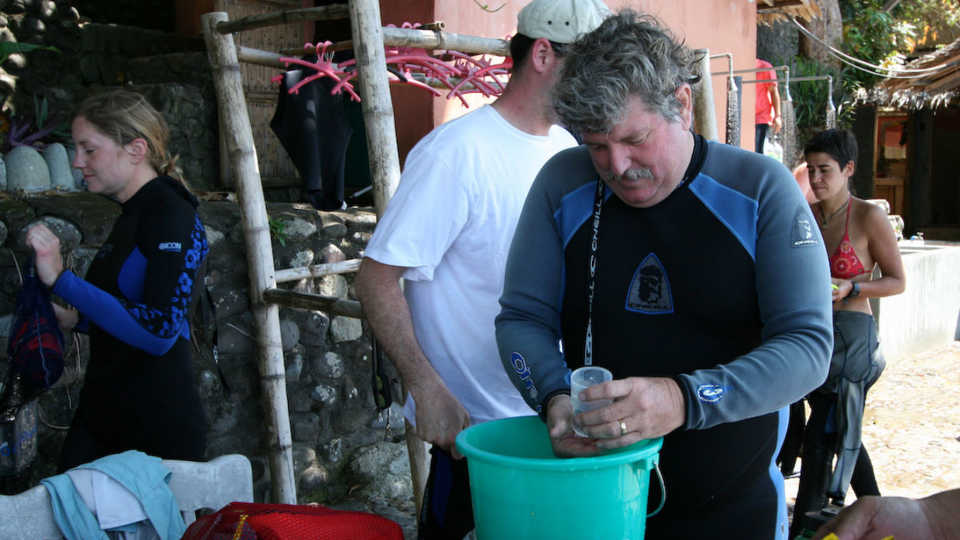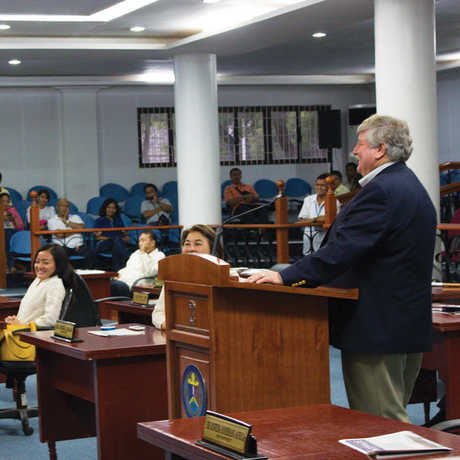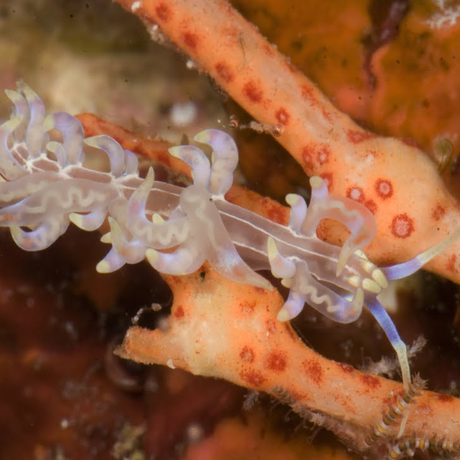Department: Invertebrate Zoology and Geology
Title: Senior Curator of Invertebrate Zoology and Geology
Expeditions: 70
Academy Videos:
"Nature Kid" Meets Nudibranchs
Protecting Unique Ecosystems
Everyday Adventure
Coral Bleaching
Related Content:
"Scientist at Work" blog, The New York Times
"From Beautiful Nudibranchs to Coral Graveyards: Marine Research in the Indian and Pacific Oceans," The Huffington Post
The Wild World of Undersea Worms, Fora TV



